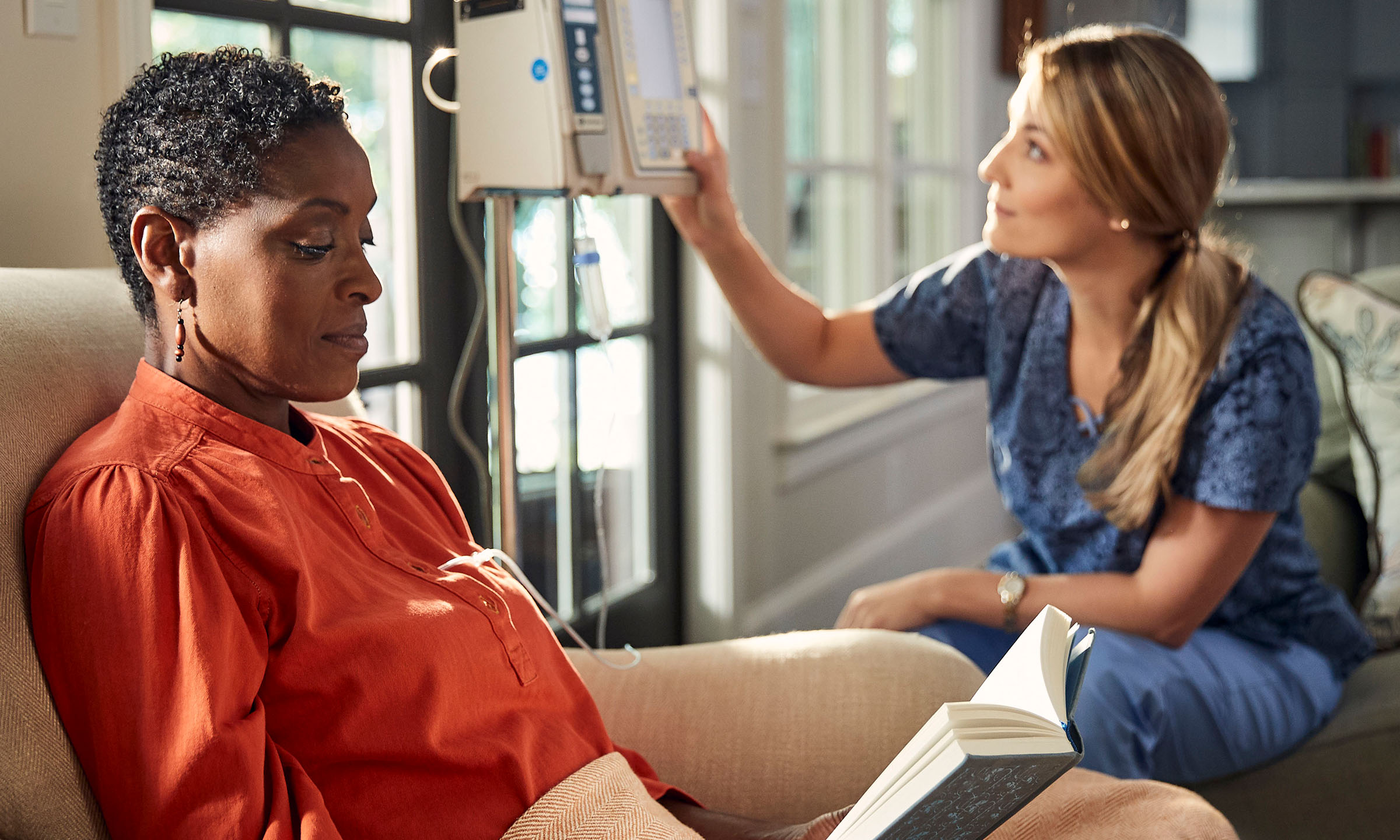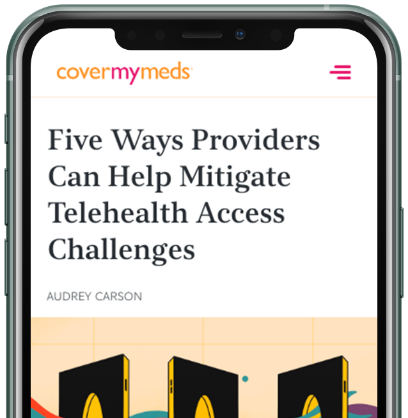Elevating the Patient Journey Through Innovative Solutions
Last month, CBI held their 14th Hub and Specialty Pharmacy Provider (SPP) Model Optimization event in Philadelphia. CoverMyMeds’ Vice President of Specialty, Erica Conroy, Ph.D., was invited to speak on how technology can improve hub services for specialty medications and key considerations for healthcare IT solutions to bring the most value to providers and patients.

Erica’s talk focused on three major themes that should guide the application of technology within hub services: 1) recognize the market shift in healthcare related to specialty medications, 2) resolve to keep patients at the center of any solution and 3) strive for meaningful connectivity among healthcare stakeholders.
Recognize the market shift in healthcare
Thirty years ago, there were fewer than 30 specialty medications on the market. Today, this number has increased to over 400 – an increase of over 1,200 percent.2020 Medication Access Report, CoverMyMeds, 2020 This trend is unlikely to slow down, as 65 percent of launching pharmaceutical products in the next four years will be specialty medications.2020 Report on Specialty Patient Support, CoverMyMeds, 2020 These therapies often have potential to alter progression of, or even cure, rare or complex diseases, which is driving continued provider and patient interest.
During her talk, Erica pointed out that when there were relatively few specialty medications available to prescribe, providers were able to handle the additional administrative work needed to start patients on these therapies without too much strain.
However, with each new specialty product on the market, the strain placed on workflows has increased proportionately as providers must often follow unique processes for each medication. With over 400 specialty medications now available,2020 Medication Access Report, CoverMyMeds, 2020 providers in a given therapeutic area may have to remember distinct processes for upwards of 10 or more specialty medications.
Erica argued that effective solutions for patient support services should help providers to mitigate the increasing burden of specialty medications by creating workflow consistency across all of these disparate processes. Such needed support may even help fight the epidemic of provider burnout ailing the healthcare system.Provider Burnout: No Silver Bullet for Change, CoverMyMeds, 2020
Resolve to keep patients at the center
With technology now an indispensable part of most peoples’ lives, Erica explained that patients are now, more than ever, engaged with their healthcare. Many are even leveraging digital channels to consume information about their health, instructions from their provider and notifications from their pharmacist.
When creating a healthcare IT solution for specialty medications, Erica stressed the importance of patient centricity – the idea of engaging with patients the way they want to be engaged with. This can mean centralizing all information for a patient case in one location so that it is readily available when patients have questions about the status of their specialty prescription. According to Erica,
When you solve challenges for the patient, you are solving challenges for the provider because the first call the patient will make when something is wrong, is to the provider’s office.
By keeping patients at the center, not only will they feel more connected to their care, but also healthcare stakeholders have the potential to coordinate care more quickly to help accelerate time to therapy.
Strive for connectivity
As developing successful hub programs was a key topic at the conference, Erica pointed out in her session that a launch strategy of “if we build it, they will come” is just not practical. For any healthcare IT solution to be successful, technology adoption is paramount. Established connectivity to the healthcare network, including providers, payers, pharmacies, specialty pharmacies and life science companies is critical for promoting rapid adoption.
Rapport and trust are critical for strong connections among network stakeholders, but these are far more difficult to build than the solution itself. Even well-conceived and cutting-edge solutions can fail – gaining little or no traction in the market – without a foundation of tried and true connections. Relying on an existing user base with proven confidence in a brand can help lower the activation barrier to widespread technology adoption.
Erica claimed that operational efficiencies created by patient support services solutions will only go so far in streamlining the patient journey. Electronic connections for real-time transactions between network stakeholders – especially with payers – is the most meaningful way to improve stakeholder workflows and ultimately reduce time to therapy for patients. Erica also discussed the need to support innovative partnerships to expand service offerings to accommodate any situation and any medication. She identified CoverMyMeds’ partnership with RxCrossroads by McKesson as evidence for how such collaboration can help provide seamless, end-to-end support for patients taking specialty medications across the full-spectrum of complexity.
By installing these three features into a healthcare IT solution for hub services, the end result can be more patients getting the medications they need to live healthy lives. As Erica concluded,
When you address all of these areas – recognizing the need, putting the patient at the center and network connectivity – you are able to help more patients and providers from start to finish.
To learn more about the evolution of patient support services, read our 2020 Report on Specialty Patient Support and download our case study on a solution that is already making an impact for patients.
The latest healthcare insights, floated right to your inbox.



